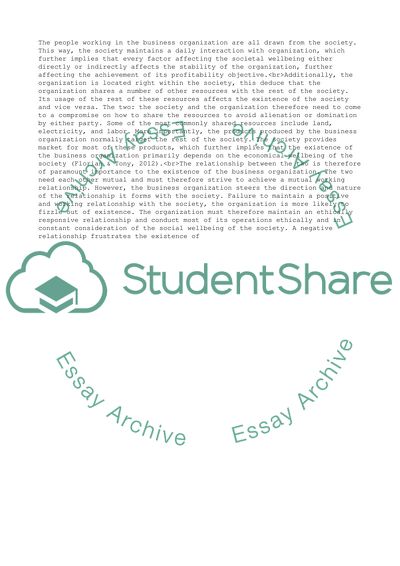Cite this document
(Corporate Social Responsibility and the Law Case Study - 2, n.d.)
Corporate Social Responsibility and the Law Case Study - 2. Retrieved from https://studentshare.org/business/1789425-corporate-social-responsibility-and-the-law
Corporate Social Responsibility and the Law Case Study - 2. Retrieved from https://studentshare.org/business/1789425-corporate-social-responsibility-and-the-law
(Corporate Social Responsibility and the Law Case Study - 2)
Corporate Social Responsibility and the Law Case Study - 2. https://studentshare.org/business/1789425-corporate-social-responsibility-and-the-law.
Corporate Social Responsibility and the Law Case Study - 2. https://studentshare.org/business/1789425-corporate-social-responsibility-and-the-law.
“Corporate Social Responsibility and the Law Case Study - 2”. https://studentshare.org/business/1789425-corporate-social-responsibility-and-the-law.


